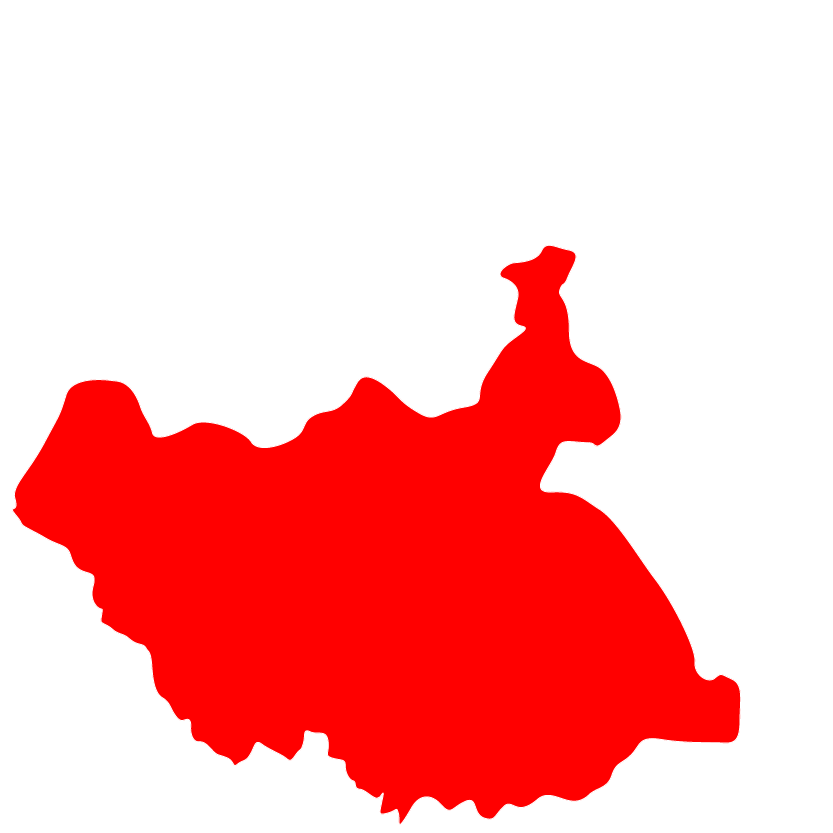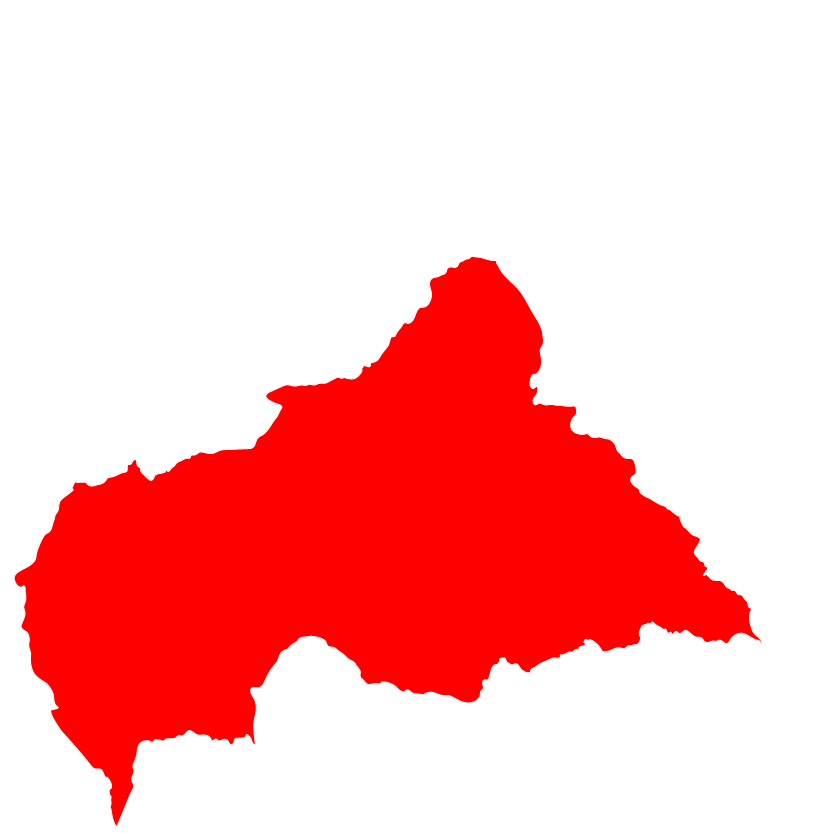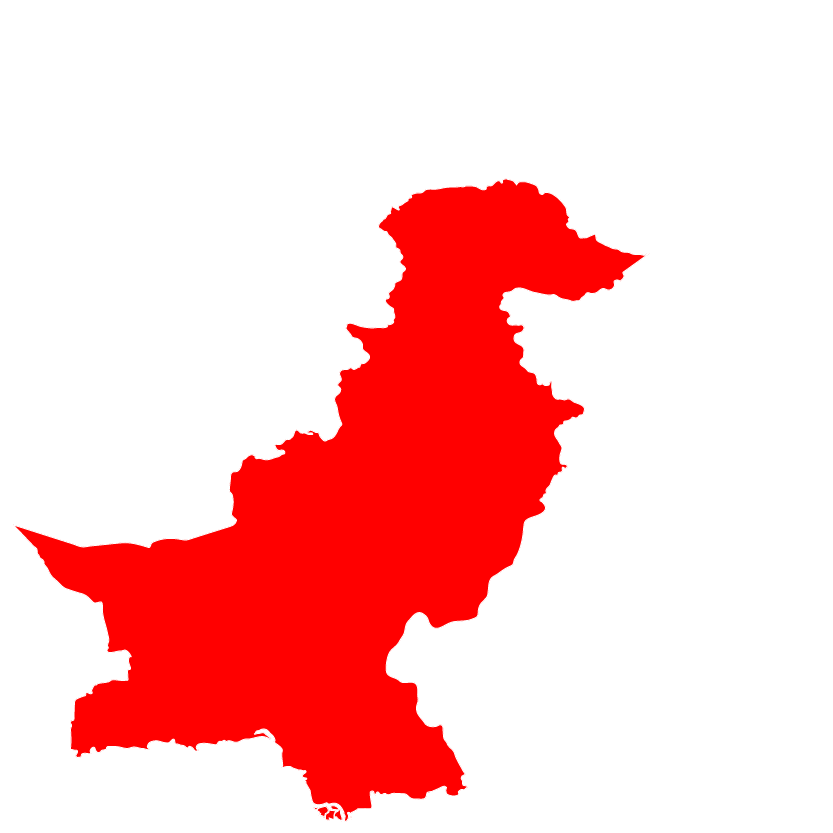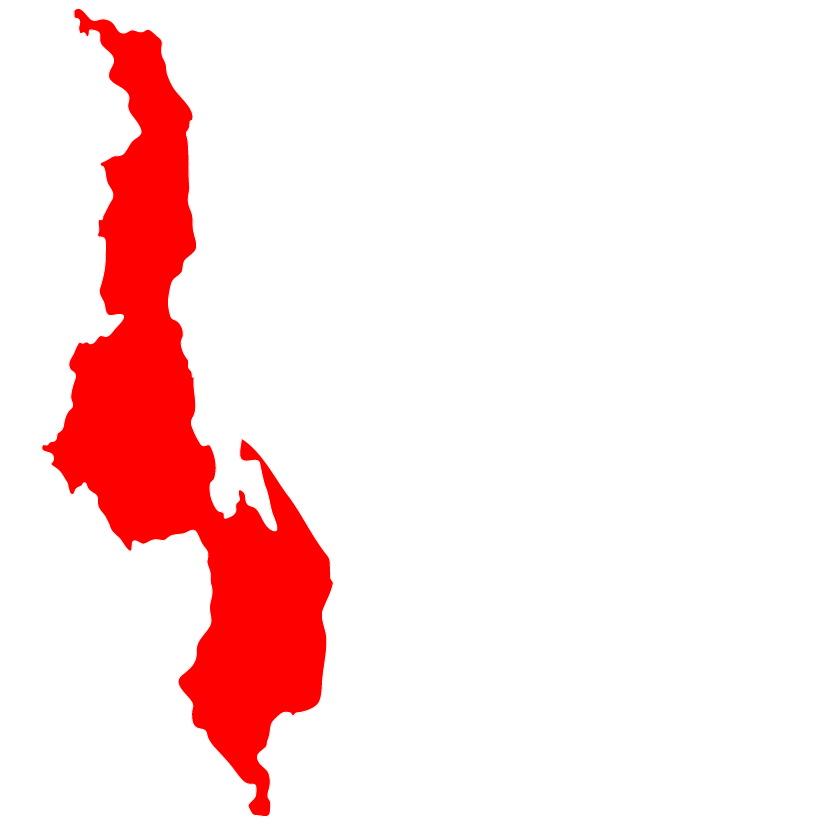Humanitarian Response in Syrian, Jordan and Lebanon – SYR161

The Syrian crisis is an ongoing multisided armed conflict since the unrest began in March 2011, with international interventions taking place in Syria, neighboring countries and beyond.
ACT Alliance, through its JSL Forum members in the region, and their work on the ground, has observed the increasing needs of directly and indirectly affected population, especially among children and youth. In responding to the humanitarian needs of vulnerable people affected, ACT Alliance will continue to provide humanitarian assistance in this complex environment. Some of the sectors of response include: Food security, health, WASH, Education, Basic needs, NFIs, livelihoods & early recovery, child & youth forums, SGBV, psychosocial, youth forums et all. ACT members will coordinate their work collaboratively in the JSL Forum in the three countries of response through the new Appeal SRY161.
Appeals SYR161_JSL_Hum_Response
Protracted Conflict Crisis in South Sudan – SSD141/ SSD151

Appeal Target: US$ 8,818,426.
The conflict continues to negatively impact the country’s economy as sustainable development is now virtually at a standstill leaving about 4.6 million of the population mainly women and children in need of urgent life-saving humanitarian assistance and protection.
ACT forum in South Sudan is planning to attend to the affected communities through food, shelter and NFIs distribution, WASH, health and emergency nutrition, early recovery and CMDRR, livelihoods restoration as well as education and psychosocial support.
Appeals SSD151_South_Sudan_Protracted_Conflict
Flooding in Tamil Nadu,India – IND152

Preliminary Appeal Target: US$ 657,278.
The Southern Indian state of Tamil Nadu was battered by exceptionally heavy rains since the 9th of November 2015. There were 3 intensive rain spells, the first from 8th and 9th November, the second from 15th– to 17th November and the third from the 30 of November onwards, and still ongoing, with some days of respite from downpours. Nearly 400 people have died and over 1.8 million people have been displaced.
In response to this unprecedented crisis, ACT members UELCI, CASA & LWSIT are making a preliminary appeal to respond to the needs of the people and communities affected by the flooding.
The preliminary appeal aims to provide food and non-food items to 6550 families in Chennai and Cuddalore districts of Tamil Nadu. In addition, the preliminary appeal aims to provide shelter repair for 4550 families in the two districts.
Appeals IND152Prel_India_TN_Flooding
Assistance to support and protect war affected vulnerable communities in Central African Republic – CAF151 (Extension)

Appeal Target: US$ 1’831’561.
ACT members The Lutheran World Federation (LWF) and Finn Church Aid (FCA) are providing assistance to the displaced and vulnerable communities with protection, education, food security, nutrition and psychosocial support through the Appeal CAF151, issued at the end of April 2015.
Due to late funding and critical security issues, implementation could not take place as quickly as anticipated, therefore, the appeal is extended till 30th April 2016 (instead of 31st December 2015).
Appeals CAF151_War_affected_Communities_ extended
India: Tamil Nadu Floods – RRF No. 09/2015

Rapid Response Funds Payment for US$ 59,454 (US$ 30,000 UELCI / US$ 29,454 CASA).
UELCI will provide immediate life-saving relief (food and non food items) during the crisis stage along with early recovery for 1,950 flood affected families in Tamil Nadu and South Andhra Pradesh.
CASA will meet the immediate food and NFI needs of flood affected people in Cuddalore district of Tamil Nadu state.
RRF9_2015_India_TamilNadu_Floods
Pakistan: Assistance to Earthquake-affected, Khyber Pakhtunkhwa Province – PAK152

Preliminary Appeal Target: US$ 626,826
ACT member Community World Service Asia (CWSA) is aiming at providing life-saving support to earthquake-affected families in the 4 most devastated districts of the most affected Province: Khyber Pakhtunkhwa (KP), with the following objectives:
- Re-establish health services, provide mobile emergency services and patient follow up in the most affected areas
- Ensure immediate food relief for vulnerable, homeless families
- Supply emergency winterization kits to vulnerable, homeless families
- Enhance quality in the earthquake response by building the capacity of aid workers and by mobilizing earthquake-affected communities to hold providers of aid accountable
PAK152Prel_Appeals Earthquake-affected
Pakistan: Assistance to the Flood-affected families in Sindh & Punjab – PAK141 Revision 1

Appeal Target: US$ 268,794.
Community World Service Asia and Norwegian Church Aid will respond to 37,000 flood-affected individuals including male, female, children and elderly people that are displaced and do not have access to primary health care and basic WASH services in Sujawal District in Sindh and Rajanpur District in Punjab. This is in response to the urgent needs identified by the joint assessment conducted by the members, taking into consideration the response currently undertaken and planned by Community World Service Asia, the government and other NGOs in District Ghotki. NCA response in based on NCA assessment, current situation and needs in Sindh and Punjab.
NCA will respond to the ongoing emergency for the first 6 months funded by an internal grant focusing on water supply months and part of the same beneficiaries will be targeted for early recovery in the areas of their origin. (Revision 1: Changes in areas of response; NCA has increased beneficiaries from 10,000 to 17,000 individuals; prolonged water provision from 3 to 6 months).
(Appeals) PAK151Rev1_Floods_Sindh-Punjab
Pakistan: Earthquake – RRF No. 08/2015

Rapid Response Funds Payment Request No. 08/2015 for US$ 59,998.
The response aims to provide food packages (1-month ration) to 300 earthquake-affected families in Shangla District. Furthermore, through the deployment of a Mobile Health Unit and its own Mobile Laboratory, provide much needed emergency health services to those affected by the earthquake.
RRF_08_2015_Pakistan_Earthquake
Malawi: Food Insecurity in Malawi – MWI151

Appeal Target: US$ 47,553.57.
This appeal follows an alert that was issued on 28 August 2015. The issuing of the appeal was delayed due to lack of funding. Now based on interest from ACT funding members and following advice from the ACT secretariat, the ACT forum in Malawi decided to revised the appeal in order to include only 1 ACT Requesting Member and to reduce significantly the appeal target.
The overall goal is to restore dignity and save lives of 1,000 households (5,500 people) affected by food insecurity in Dowa District.
Appeals_MWI151_Food_insecurity_in_Malawi
Democratic Republic of Congo: Response to Burundian Refugee influx in DRC, REVISION 1 – COD151

Appeal Target: US$ 840,396.
Relatively late pledges to the Appeal delayed the implementation for one of the ACT members, EELCO. Additionally, in the meantime newly identified gaps in EELCO’s areas of intervention have motivated some change of activities. As a result, EELCO will revise its part of the Appeal, and request for an extension, while FCA, NCA and ECC remains unchanged (and their implementation period is now over). This first revision only affects EELCO part of the Appeal.
The ACT DRC Forum members providing emergency assistance to Burundian refugees and host communities affected by the Burundi crisis in DRC are Finn Church Aid (FCA), Norwegian Church Aid (NCA), Eglise du Christ au Congo National Office (ECC) and Evangelical Lutheran Church of Congo (EELCO).
(Appeals) COD151Rev1_Bur-Ref_DRC






